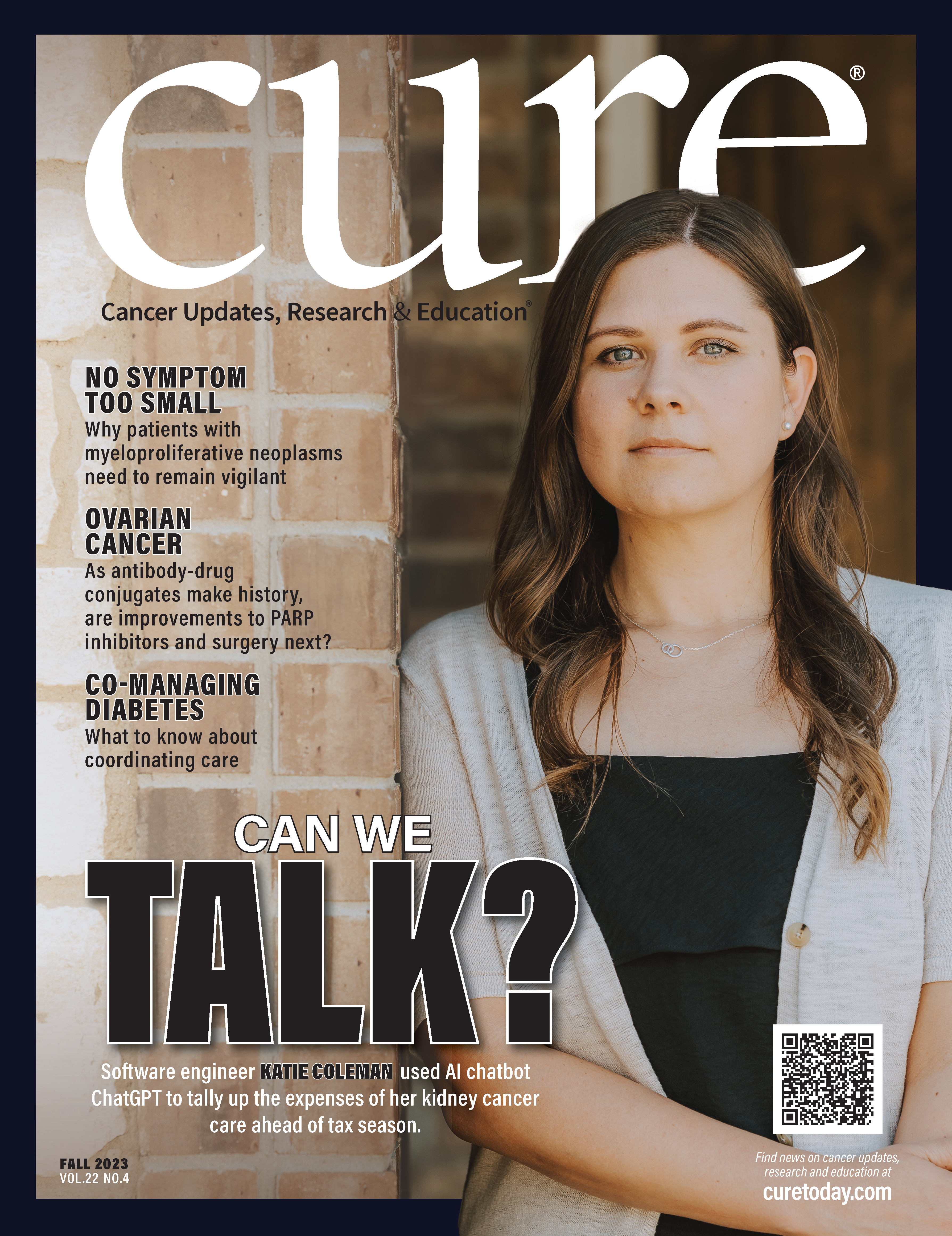News
Article
CURE
The Shared Responsibility to Prevent, Prepare For and Manage Drug Shortages
Author(s):
Currently, the Food and Drug Administration lists 119 drugs as being in short supply, including 25 cancer drugs.

We are all used to shortages of a wide variety of commodities. They may seem more acute in recent times because of the sheer volume of materials being produced, shipped and consumed by the growing number of individuals joining the global economy. Coupled with more recent disruptions in supply chains due to worker shortages related to COVID-19, people leaving the workforce and myriad other factors, shortages can erupt and also resolve quickly.
Cancer drugs are no exception to this phenomenon, despite their critical importance.
More CURE® coverage of the chemotherapy shortage:
- Patients Respond to the Ongoing Chemo Drug Shortage
- Here’s How One Cancer Center Is Handling the Chemo Shortage
- Chemo Drug Shortage Requires a ‘Holistic Solution’
- Expert Discusses Chemo Shortage: ‘Likely to Last’ 3 to 4 Months
- Expert Identifies Chemo Shortage as a 'Simple Tragedy of US Health System’
Currently, the Food and Drug Administration (FDA) lists 119 drugs as being in short supply, including 25 cancer drugs, noting that definitions of shortages vary and that the degree of shortage can shift quickly.
Among the notable drugs in short supply are the platinum-containing agents carboplatin and cisplatin — compounds that are able to bind to and crosslink DNA to inhibit its division and impede cell growth. The drugs are used for several cancer types and may not always be easily substituted. How do oncologists deal with chemotherapy drug shortages? General guidelines are being developed and modified, but they are based on several principles that include first looking for a substitute that is proven to yield somewhat equal therapeutic results.
Also, doctors should prioritize a drug’s use in situations where the impact is greatest, such as offering a chance to cure a patient or increase their survival. There may be situations where dose or length of treatment modifications can be done safely — again, based on actual clinical data and not just conjecture. Many cancer centers and practices are adopting their own processes and guidelines for cancer drug shortages; patients may want to inquire about these with their care team if they are on treatment.
Additionally, the FDA has provisions that can be exercised in some situations, such as extending drug expiration dates — some of which are arbitrary — or when stability of the drug is known due to its chemical structure. Accelerat- ing approvals of new production lines or relaxing import rules for medicines that may be available elsewhere also may help.
In addition, there is a focus on preventing or anticipating shortages. Companies are required to inform the FDA of impending production interruptions, issues that may affect availability or product integrity, and any disruption in shipping and distribution. Pharmacies and hospitals are also expected to maintain healthy inventories, while being aware of expiration dates.
Altogether, it is a shared responsibility by the pharmaceutical and health care industries to prevent, be prepared for and manage cancer drug shortages if and when they occur. The expansion of the cancer pharmaceutical/biotechnology sectors is reassuring not only in the sense that more effective and safer drugs are being developed, but that there may be more options if supplies become hampered.
For more news on cancer updates, research and education, don’t forget to subscribe to CURE®’s newsletters here.
DEBU TRIPATHY, M.D.
EDITOR-IN-CHIEF
Professor of Medicine Chair, Department of Breast Medical Oncology
The University of Texas MD Anderson Cancer Center

2 Commerce Drive
Cranbury, NJ 08512
All rights reserved.




